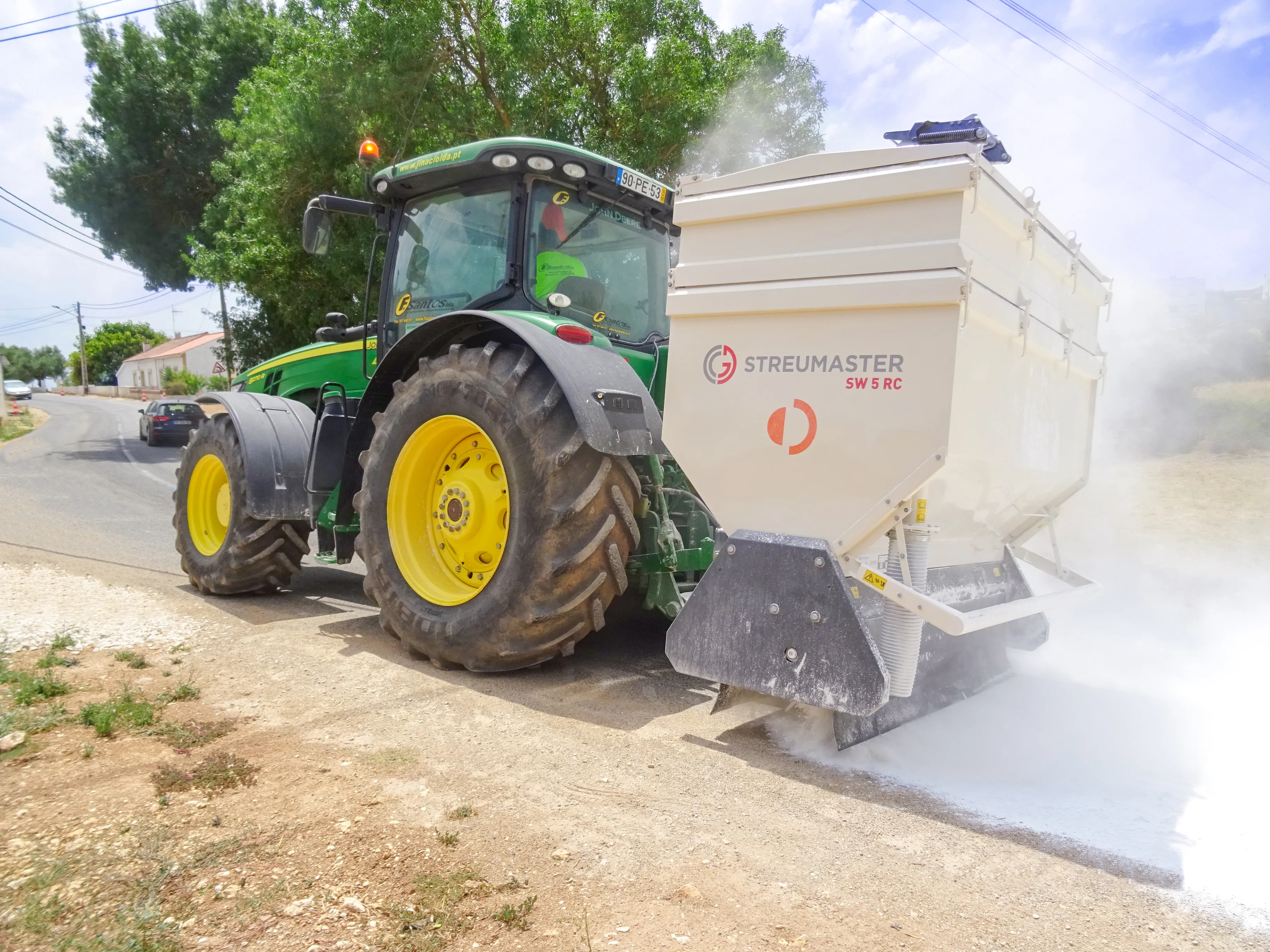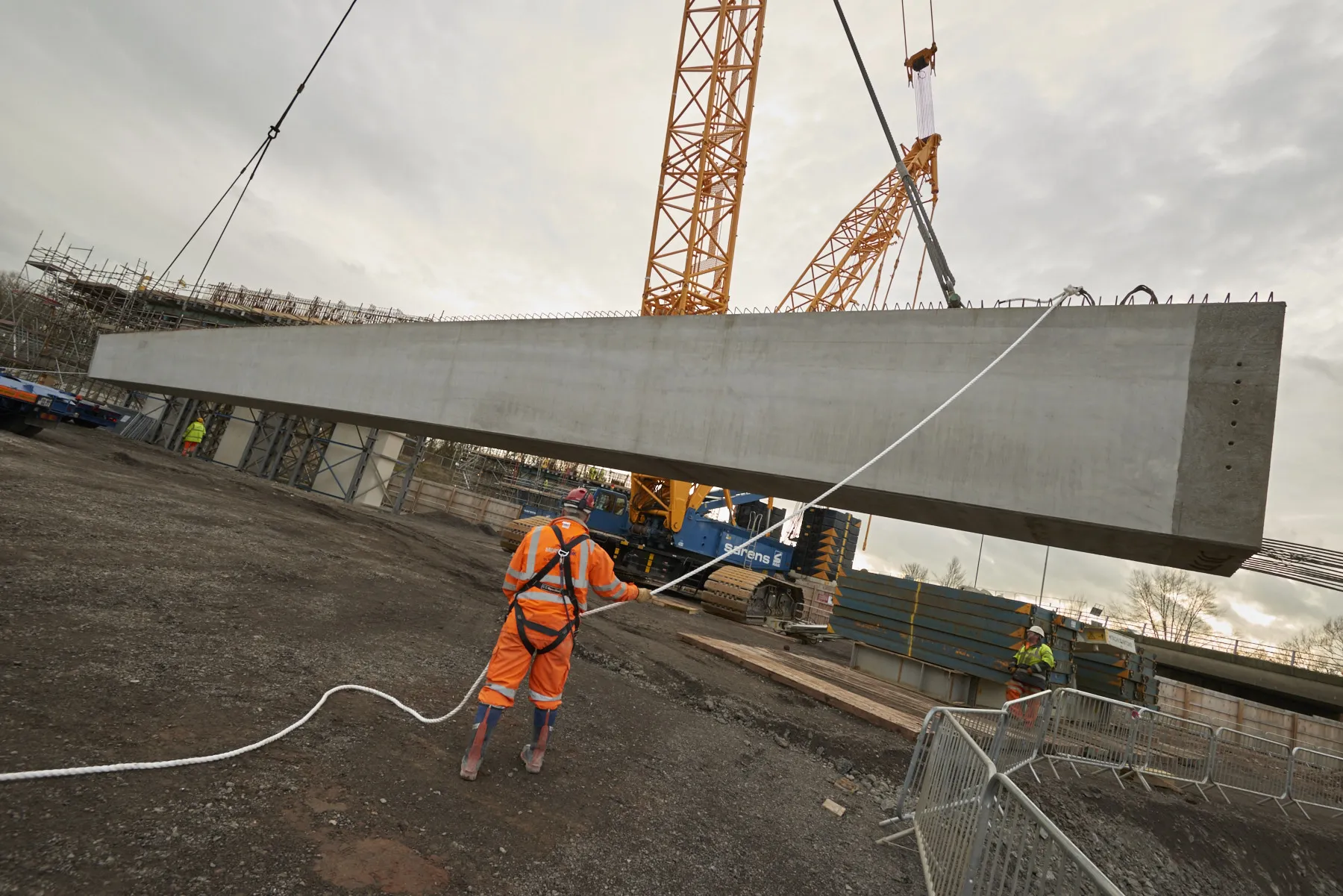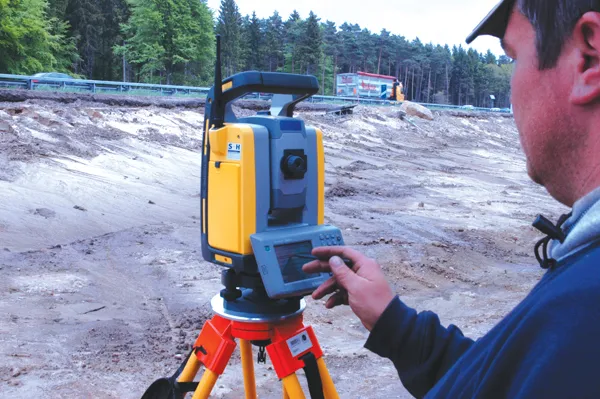
As in the case of the parallel MS-4A bridge, the MS-4B bridge is being constructed using the balanced cantilever formwork carriage CVS. Ulma says that its carriages offer significant weight-bearing capacity without any compromise in their ability to adapt to varied cross-sections. In the case of spans located above the ground, the incremental launching method was used.
For the span using the balanced cantilever method, the pier caps were built using the universal formwork system Enkoform HMK in combination with T-60 Frame Shoring Towers. Regardless of the construction method, Enkoform HMK adjusted perfectly to the varied deck width along its entire length, according to Ulma.
To build the spans over the river, Ulma designed and delivered four CVS 200/5 form carriers which allows the pouring of segments up to 300tonnes.
For this part of the MS-4B, sections measuring 4.45m-long were completed in seven days. The form carriers are made using standard components from the universal MK System, making it a simple task to adjust both the formwork and form carrier structures to the geometry of the bridge.
Standardising the CVS form carrier with the MK System allows for substantial cost savings. Once the project is completed, the majority of the components can be reused in a multitude of structures.
To guarantee safe areas, the form carrier had working platforms at every level. The platforms, designed with BRIO Modular Scaffolding components, were set on the truss at the front of the carrier along with the suspended formwork. This guaranteed employee safety while working with the formwork at the back of the carrier.
Each carrier is equipped with a hydraulic system used to advance, level and anchor it. The use of a wide range of hydraulic systems allowed for the effective and safe advance of the formwork structure.








